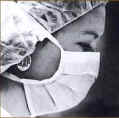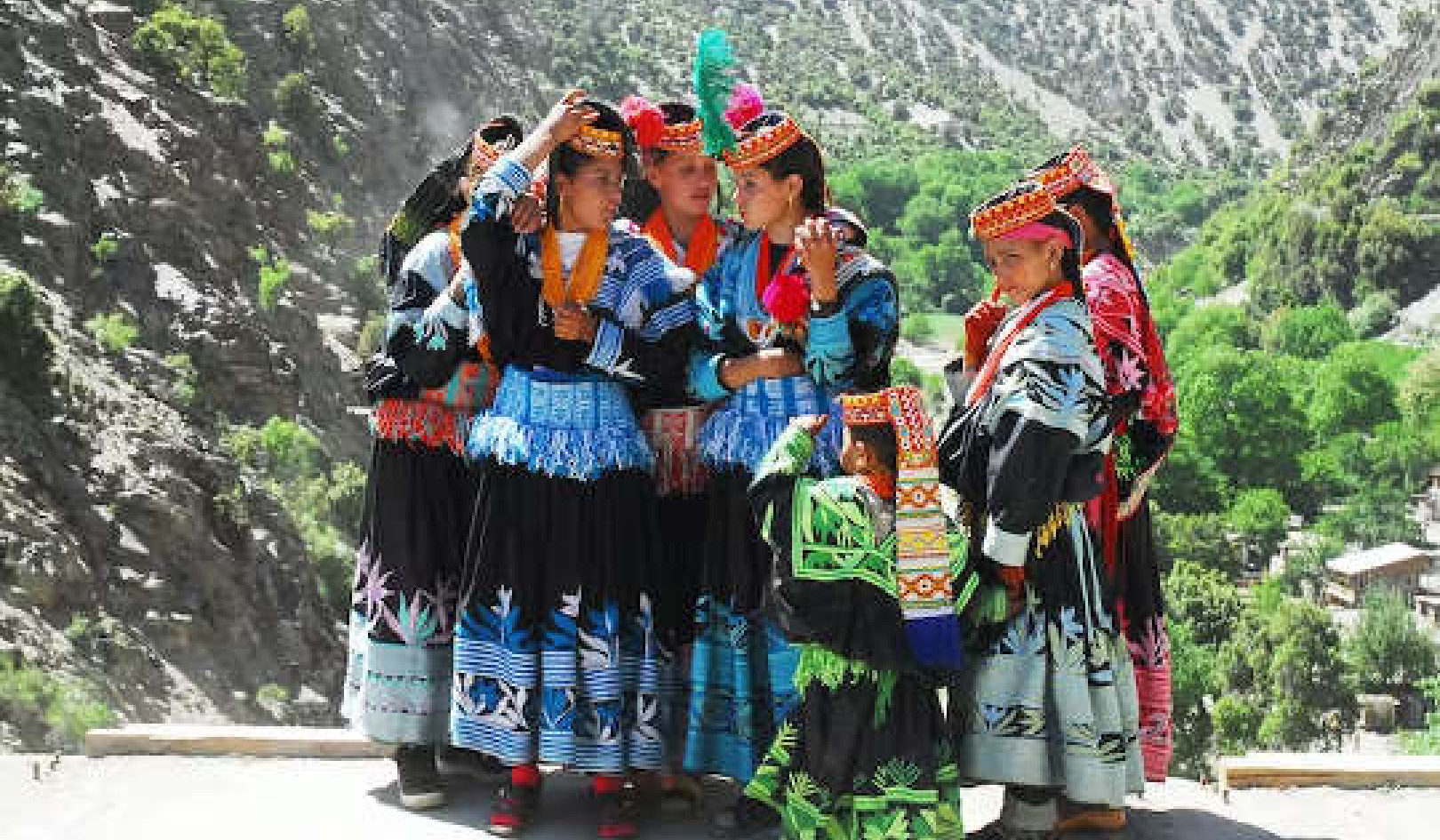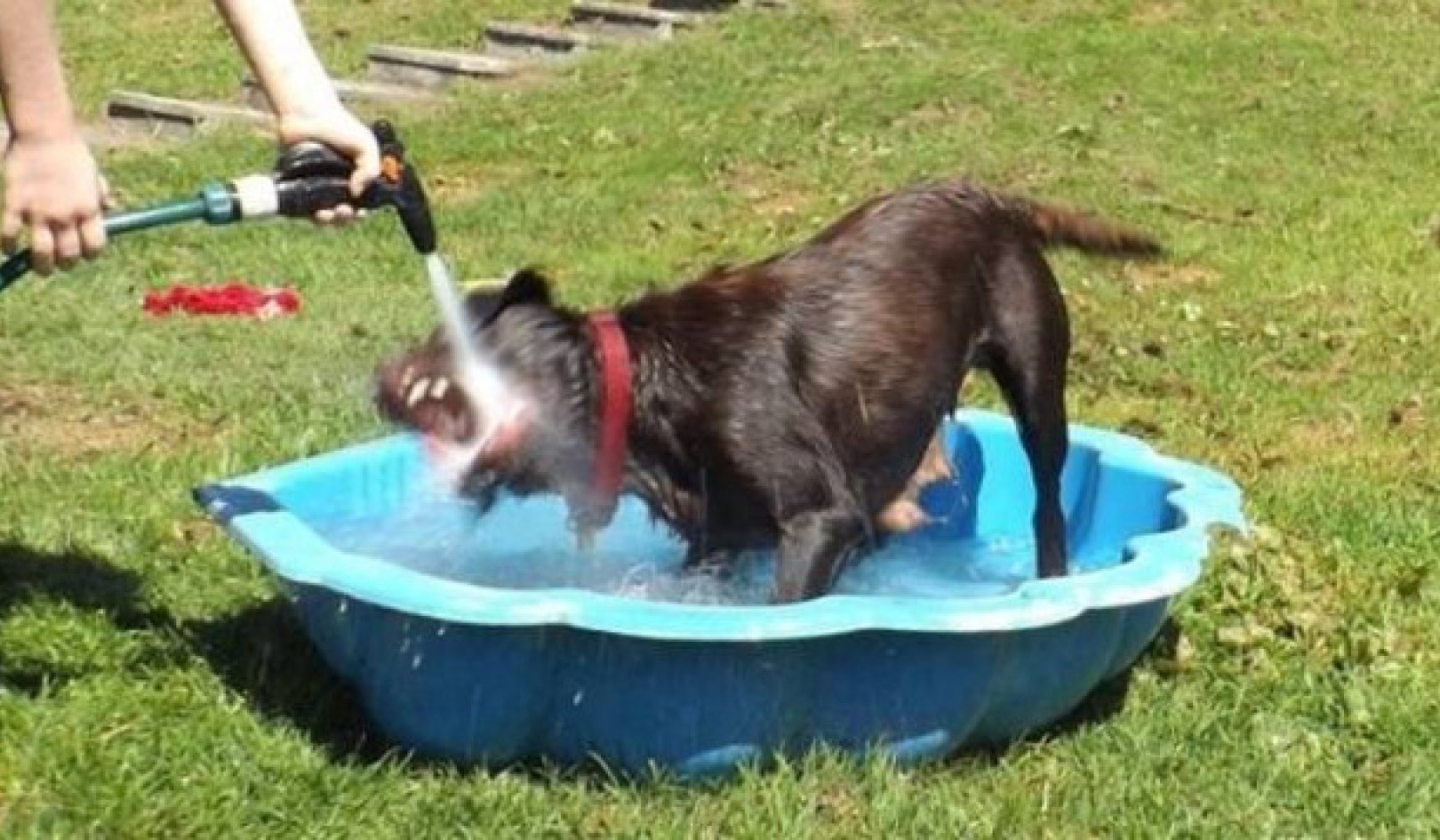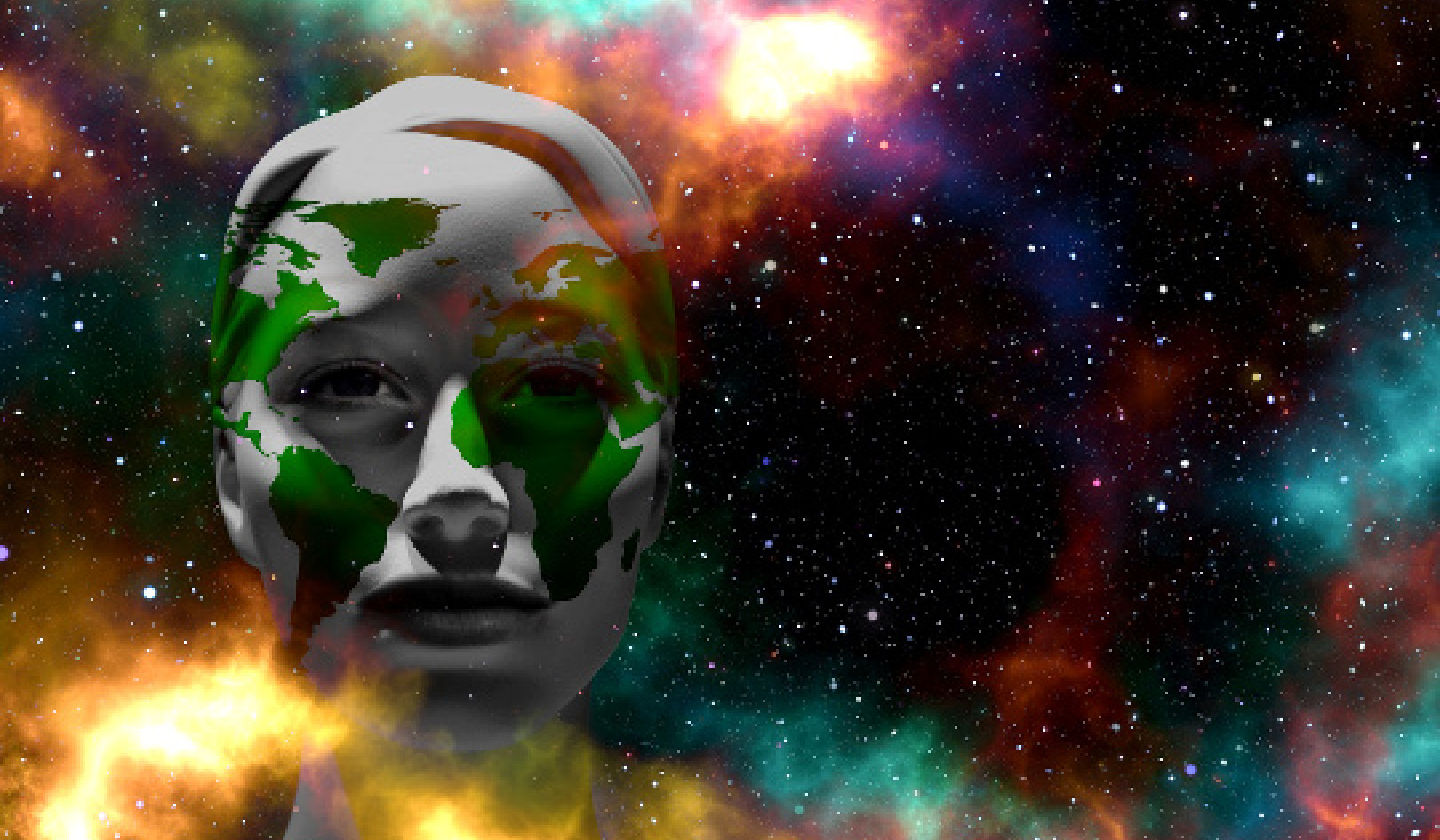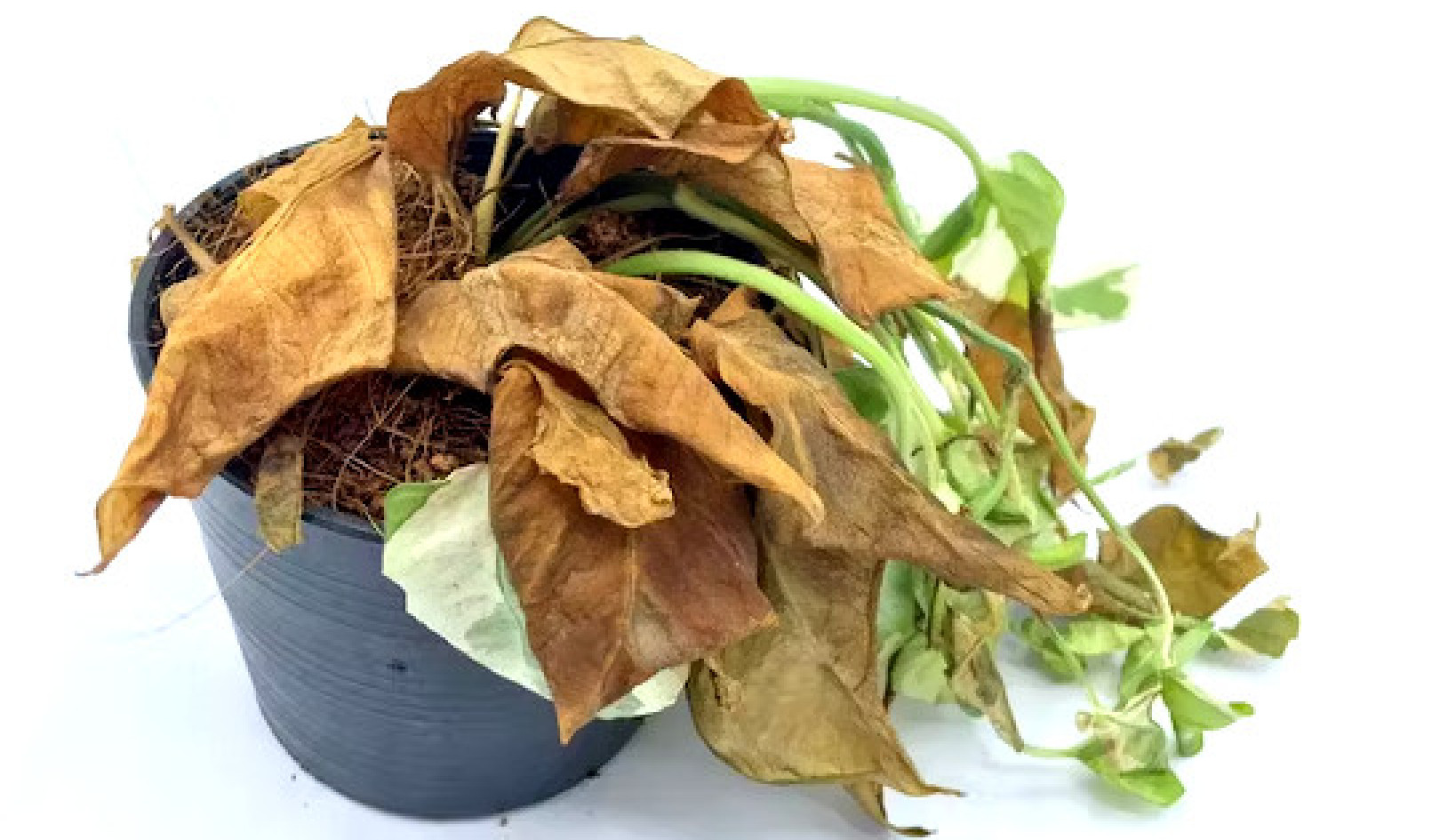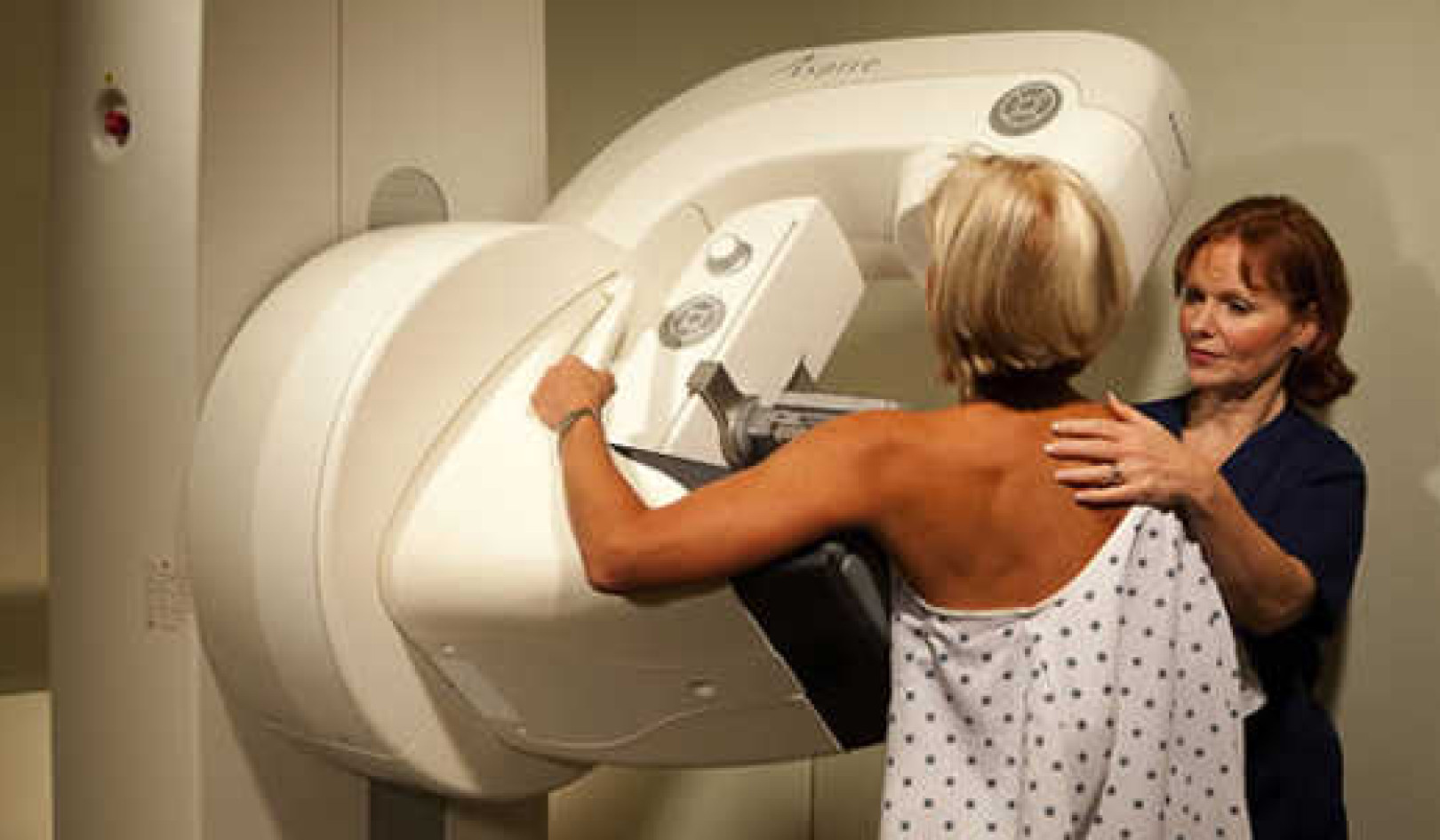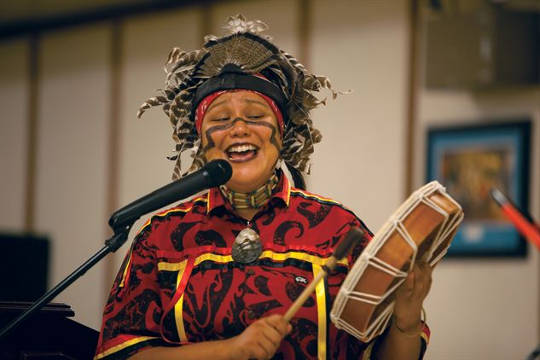
Kimmer Bighorse, a Navajo from Arizona, sings and plays a drum during a Native American Heritage Month observance at Anderson Hall Dining Facility, Nov. 21, 2013. (U.S. Marine Corps photo by Lance Cpl. Suzanna Knotts)
Music is a healing force all living spirits sing.
-- Joanna Shenandoah, Oneida composer
In many places in the world when a person is ill, a song is sung to heal. For this to be effective, that person must let the song sink into her body, and allow it to penetrate to even the cellular level of her being. In a sense she must breathe it in.
A song, in physical terms, is an action made of breath and sound. It is made by the vibrations of air across a section of membranes in the throat, which are then shaped by the placement of the tongue and mouth. That is a literal description of singing, but of course there is more, much more. A song is also made from the mind, from memory, from imagination, from community, and from the heart.
Like all things, a song may be seen in scientific terms or in spiritual terms. Yet neither one alone is sufficient; they need each other to truly represent the reality of the song. Singing comes from that misty place where human physiology, feeling, and spirit collide. It can even be, for some people, a holy act, a religious act, an act with great power.
Singing A Person to Wellness and Health?
The notion of singing a person to wellness and health may sound strange. You may think it irresponsible of me, a trained physician, even to mention it. But I am not talking about a New Age or alternative treatment. I am speaking of the medicine ways of my tribe, the Navajo, where a singer is called in when someone is sick. As part of the cure, they perform a "sing" or ceremony, called a chantway.
The Beauty Way, the Night Chant, the Mountain Way: different kinds of songs cure different kinds of illnesses. A Shooting Way ceremony might be used to cure an illness thought to have been caused by a snake, lightning, or arrows; a Lifeway may cure an illness caused by an accident; an Enemyway heals an illness believed to be caused by the ghosts of a non-Navajo. There even are songs for mental instability.
Not long ago I learned that Navajos are not the only people on earth to recognize the power of the human voice. In places in Africa the people sing to broken bones in order to mend them. Yet the power of a song lies not in a tested, quantifiable, and clinical world and it has not been written about in The New England Journal of Medicine. It has not been discussed at meetings of the American Medical Association. Many physicians, good ones, cringe at the very mention of it.
Yet one afternoon, at the hospital where I worked as a surgeon in Gallup, New Mexico, singing was going on at the bedside of Charlie Nez. As I stood in a doorway, watching the medicine man leave, I was surprised to see the elderly man, who had stirred little in the preceding days, sit up straighter, and look attentive. I glanced at his chart: his heart rate was steady, and his blood pressure had stabilized. There was a new red flush of circulation in his cheeks.
Charlie Nez was being treated with chemotherapy, radiation, and surgery for an advanced cancer. I know this because I was one of the doctors participating in his treatment. I had performed surgery on his colon to remove a tumor.
But this treatment was not the entirety of the medicine he received. As I stood in the doorway listening to the song of the medicine man who stood beside him, his voice rising and falling in a familiar range of tones, I saw a minor miracle. In Charlie's eyes, for the very first time since I'd met him, was hope.
Hope, Emotional Strength, and the Will to Live
Any physician -- from an exclusive research program at Massachusetts General, from a team of surgeons in Paris, or with Doctors Without Borders in Afghanistan -- will tell you that unless a dying patient has hope and emotional strength, the will to live, a doctor can do little to save him. Watching that hope come back into Charlie Nez's eyes, I realized something else: it would take both medicines to help heal this patient. The only surprising thing about this realization of the two sides of medicine was that it had taken me so long to comprehend this duality, this twoness.
My name is Dr. Lori Arviso Alvord. I am a general surgeon. I am also an enrolled member of my tribe, the Diné, or Navajo. I am the first woman in my tribe ever to learn and practice the discipline of surgery, and it has put me in a rare position of being able to see clearly and distinctly two different styles of medicine -- and relate to them both.
In my house in Gallup, New Mexico, the dichotomy is striking. My beeper lies on the table, my cellular phone is recharging in its cradle, and a stack of medical journals stands next to a hand-hewn wood-and-leather cradleboard propped against one wall, a menagerie of bear fetishes inhabits the mantelpiece, and through the window I can see the rolling desert peppered with piñon trees beneath the slate-colored sky.
Living Between Two Worlds
I am continually reminded of a simple truth about my life: I live between two worlds. In one of them I am a dispenser of a very technologically advanced Western style of medicine. In the other, people are healed by songs, herbs, sand paintings, and ceremonies held by firelight in the deep of winter.
My father was a full-blooded Navajo and my mother is a "white person", whose ancestors came from Europe. If you were Navajo, I would introduce myself to you by telling you my clans. My father's mother's clan is Tsi'naajinii, the black-streaked wood clan; his father's clan is Ashiihi Dineé, the salt clan. This would tell you not only where I come from but whether I am your "sister", because frequently in the Navajo world there are people around who may be one's relatives.
When I introduce myself to you in the white world, I tell you I am a doctor, educated at Stanford University, specializing in general surgery.
In my two worlds I am two different people, defined in different ways -- in one by my clan and people, in the other by my education and worldly accomplishments. In one by blood, in the other by paper.
Much of the time and in many circumstances, I am reminded of the metaphor of weaving. My life itself feels like a rug I am weaving, where the warp is one culture and the weft another. I pull the strings of my life across itself and make it make sense, like a beautiful rug with the yei, or ancient gods, woven into the wool.
The fact that my life is split between cultures was one of my earliest realizations. There is a word for this in Navajo -- 'alni, or a person who is half. The Chinese, who some anthropologists believe are the long-ago Asian ancestors of my tribe, have another way of describing it. They call it 'yuckso', which is also a thin filament between bamboo layers and is considered "neither here nor there".
Even as I type these words, I am going against a basic understanding of my tribe. The Diné strongly discourage talking about or drawing attention to themselves. We are taught from the earliest age to be humble, not to brag or speak of our accomplishments. To talk about myself in a book is to go against this part of myself.
Breaking the rule brings me discomfort, but I believe that this story is important -- to Navajo girls, who may want to know what possibilities are out there for them; to people who wish to think about healing in a broader sense; to doctors who find their professions somehow lacking, and to sick people who may want to look at their illness in a different way.
In a time when there is great confusion about how best to treat the human body, to care for it as it ages or becomes sick, my story may shed light on how two cultures can gain knowledge from each other -- knowledge about health and wellness, about the bodies and spirits we are given at our birth, and about ways to care for them.
My mother, a white woman on the reservation, grew to be loved and accepted by our Navajo friends and neighbors. But from her we saw what it meant always to be slightly outside a culture, somewhere on its margin, in a place where we could not completely belong. We learned what it was like to feel peripheral. This was doubly ironic, because we felt peripheral to a culture that was itself peripheral to the larger culture that had engulfed it. We lived on the margin of a margin, which is dangerously close to nowhere at all.
My parents held no college degrees, but they encouraged my sisters and me to get an education. In high school I allowed myself to believe that I might someday hold a college degree. I resisted any larger dreams, for fear they could not come true. In my high school class of fifty-eight students, only six went on to college.
Years later, after medical school, I returned to work for my own tribe, although I could have had a much more lucrative practice elsewhere. I knew that Navajo people mistrusted Western medicine, and that Navajo customs and beliefs, even Navajo ways of interacting with others, often stood in direct opposition to the way I was trained at Stanford to deliver medical care.
Making A Difference With Respect and Understanding
I wanted to make a difference in the lives of my people, not only by providing surgery to heal them but also by making it easier for them to understand, relate to, and accept Western medicine. By speaking some Navajo with them, by showing respect for their ways, and by being one of them, I could help them.
I watched my patients. I listened to them. Slowly I began to develop better ways to heal them, ways that respected their culture and beliefs. I desired to incorporate these traditional beliefs and customs into my practice.
Amazingly enough, as I was gradually allowing my Navajo upbringing to affect my Western medical practice, I found that I myself was changing. I had been trained by a group of physicians who placed much more emphasis on their technical abilities and clinical skills than on their abilities to be caring and sensitive. I had unconsciously adopted many of these attitudes, but while working with the Diné I worked to improve my bedside manner, learning little ways to make my patients feel trusting and comfortable with treatments that were completely alien to them.
Navajo patients simply didn't respond well to the brusque and distanced style of Western doctors. To them it is not acceptable to walk into a room, quickly open someone's shirt and listen to their heart with a stethoscope, or stick something in their mouth or ear. Nor is it acceptable to ask probing and personal questions.
As I adapted my practice to my culture, my patients relaxed in situations that could otherwise have been highly stressful to them. As they became more comfortable and at ease, something even more remarkable -- astonishing, even -- happened. When patients were trusting and accepting before surgery, their operations seemed to be more successful. If they were anxious, distrustful, did not understand, or had resisted treatment, they seemed to have more operative or postoperative complications. Could this be happening? The more I watched, the more I saw it was indeed true. Incorporating Navajo philosophies of balance and symmetry, respect and connectedness into my practice, benefited my patients and allowed everything in my two worlds to make sense.
Walking In Beauty: Everything Is Connected
Navajos believe in "Walking in Beauty" -- a worldview in which everything in life is connected and influences everything else. A stone thrown into a pond can influence the life of a deer in the forest, a human voice and a spoken word can influence events around the world, and all things possess spirit and power. So Navajos make every effort to live in harmony and balance with everyone and everything else. Their belief system sees sickness as a result of things falling out of balance, of losing one's way on the path of beauty. In this belief system, religion and medicine are one and the same.
At a certain point I felt quite sure that my relationships with my Navajo patients were directly influencing the outcome of their surgical operations. Moreover, even what happened while a patient was asleep in the operating room seemed to have a direct impact on the outcome of the surgery. If the case did not go smoothly, if members of the operating team were arguing with one another, if there was any discord, the patient would be directly and negatively affected.
Harmony seemed to be key in the OR -- and just as in Navajo philosophy, one tiny thing amiss could influence everything else that happened. In response to this realization, I took more time to talk to my patients, to establish a bond of trust with them before surgery. I worked to keep the tenor within the OR calm and serene -- I worked hard not to allow adverse or negative conditions to arise. I was importing Navajo philosophy into the OR.
Knowing and treating my patients was a very profound privilege, I realized, and as a surgeon I had license to travel to a country no other person can visit -- to the inside of another person's body, a sacred and holy place. To perform surgery is to move in a place where spirits are.
As I have modified my Western techniques with elements of Navajo culture and philosophy, I have seen the wisdom and truth of Navajo medicine too, and how Navajo patients can benefit from it. In this way I am pulling the strands of my life even closer together. The results have been dazzling. It has been beautiful.
It is my own private medical experiment, although it has not been proven by the "scientific method" -- my hope is eventually to help design studies that demonstrate the truth of what my eyes have seen. But I believe it and have seen at firsthand its effectiveness. As I continue to bring Diné ways into the OR, I want to teach other students of surgery these things and instill respect for this incredible honor. They do more than fix broken parts of the human body -- they bear the responsibility for life itself.
In our era of managed care, because of financial constraints and the technological development of better and better equipment, medicine has drifted away from certain basic practices that improve medical outcomes. Emphasis is placed on training doctors to be efficient, cut costs, and be timely, making bedside manner an afterthought. But patients who feel taken care of and understood fare better. We doctors, like medicine men, are in the business of healing, and we must not lose sight of it.
My insights run counter to Western medical practitioners' training. With the pressures of an increasingly overburdened health care system, the tight scheduling, and budget cuts in hospitals, I do not expect it will be easy for them to receive this message. Medicine is moving in quite a different direction altogether. The Navajo view would mean a 180-degree shift for many doctors. But by implementing certain Navajo ways, I believe doctors can achieve better results in their practices.
A Pathway Between Cultures
Living between two worlds and never quite belonging to either, I have learned from both. Navajo healers use song to carry words of the Beauty Way; the songs provide a blueprint for how to live a healthy, harmonious, and balanced life. I would like to create such a pathway between cultures, so that people can walk across and see the wonders on the other side. The scalpel is my tool, as are all the newer technologies of laparoscopy, but my "Silver Bear", my Navajo beliefs and culture -- from my Tsi'naajinii and Ashiihi Diné clans and Navajo heritage -- are what guide me.
Modern physicians, who have so much technology at their disposal, must somehow find their way back to healing, their primary task. We must treat our patients the same way we would treat our own relatives.
We must find what has been lost as we have become so enraptured with scientific advancements: working with communities, and creating bonds of trust and harmony. We must learn how to sing.
Excerpted by permission of Bantam, a div. of Random House, Inc.
All rights reserved. ©1999. No part of this excerpt may be reproduced
or reprinted without permission in writing from the publisher.
Article Source
The Scalpel and the Silver Bear: The First Navajo Woman Surgeon Combines Western Medicine and Traditional Healing
by Lori Arviso Alvord, M.D. and Elizabeth Cohen Van Pelt.
 A spellbinding journey between two worlds, this remarkable book describes surgeon Lori Arviso Alvord's struggles to bring modern medicine to the Navajo reservation in Gallup, New Mexico—and to bring the values of her people to a medical care system in danger of losing its heart.
A spellbinding journey between two worlds, this remarkable book describes surgeon Lori Arviso Alvord's struggles to bring modern medicine to the Navajo reservation in Gallup, New Mexico—and to bring the values of her people to a medical care system in danger of losing its heart.
Info/Order this book. (reprint edition, slightly different cover)
About The Author
Lori Arviso Alvord, M.D., is now the Associate Dean of Minority and Student Affairs at Dartmouth Medical School. A member of the Navajo Tribe, Lori is also Assistant Professor of Surgery and is a practicing general surgeon. She obtained her undergraduate degree from Dartmouth College and received her doctorate of Medicine from Stanford University. Co-author, Elizabeth Cohen van Pelt, is a staff writer with the New York Post.



